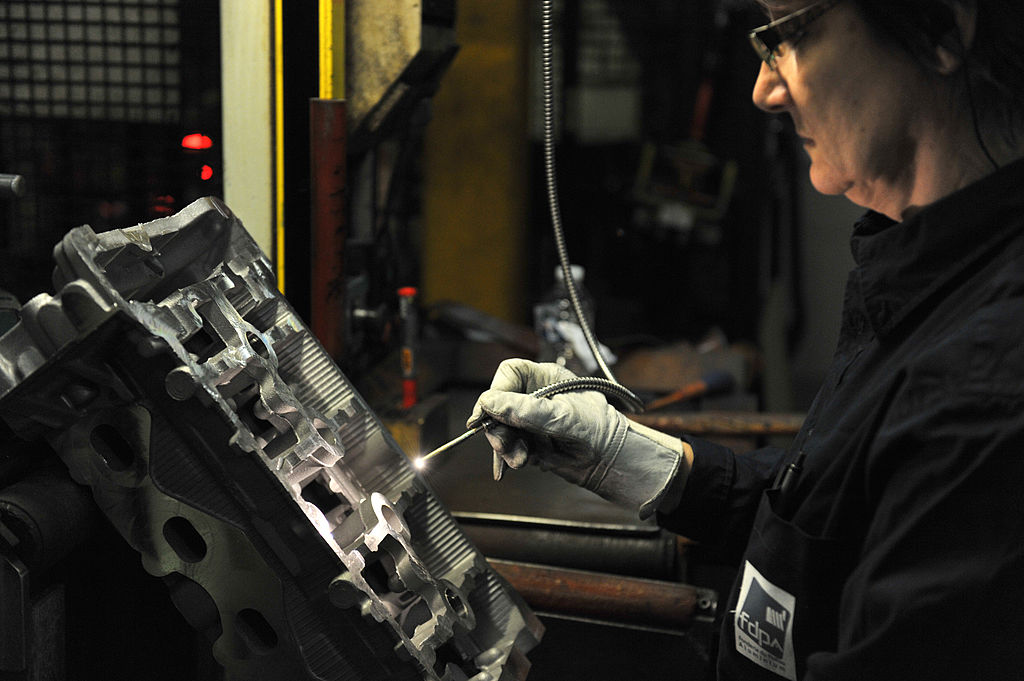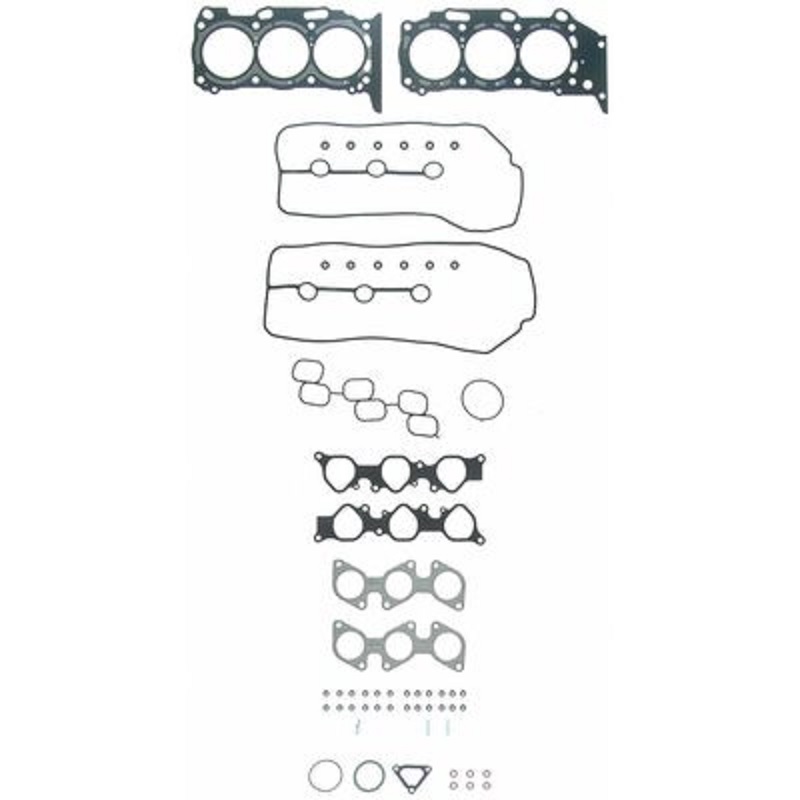
The Truth About the Toyota 4Runner’s V6 Problems
New or used, the Toyota 4Runner tends to be an amazingly reliable SUV. The SUV’s reputation and off-road capability mean even older models tend to retain their value. However, not every Toyota 4Runner is bullet-proof. The 4th-gen, 2003-2009 models tend to be the most problematic, especially the early ones. Although rust and paint issues are the biggest issues, this 4Runner gen has also had some problems in the engine bay. And there’s one, in particular, that affects the Toyota 4Runner V6.
The 4th-gen Toyota 4Runner V6 head gasket
In addition to the usual age-related issues that crop up, the 4th-gen Toyota 4Runner’s V6 is known to have a tendency for head gasket failure.

The head gasket, according to Advance Auto Parts, is essentially a giant seal. It separates an engine’s combustion chambers from the rest of the block. This way, oil, dirt, and coolant don’t get into the chamber and foul it up, and the engine runs properly. However, like any other physical part, head gaskets can fail. Drivetrain Resource reports that the most common reason is excessive engine heat, due to poor coolant flow, low coolant, or broken thermostat. Simple age can also cause the head gasket to blow.
The issue with the Toyota 4Runner’s 4.0-liter V6, however, is that it tended to blow its head gasket much sooner than it should. Both Toyota 4Runner owner forums and Consumer Reports report that this was a relatively widespread issue. Of the 4th-gen 4Runners, one owner forum user estimated that 5-10% suffered from premature head gasket failure. However, Canadian Gearhead and Trail 4Runner report the issue seems to be mostly limited to 2003-2005 models.
It’s unclear exactly why this issue occurred. It’s likely something to do with the gasket materials, but there’s never been an official explanation or recall.
Is the 4th-gen Toyota 4Runner’s V6 repairable?
Not every single 4th-gen Toyota 4Runner with a V6 suffers a head gasket failure. If you’re interested in a used 2003-2009 4Runner, especially a 2003-2005 one, there are signs indicating a head gasket failure. These include leaking coolant, white exhaust smoke, an overheating and/or poorly-running engine, and bubbles in the radiator or overflow tank.

Fortunately, if it’s caught early enough, the Toyota 4Runner V6’s head gasket can be replaced. The parts are better constructed, and replacements cost roughly $200. However, repairing a blown head gasket can be expensive, not because of the part, but because of how much labor is involved. Replacing the head gasket requires removing the engine’s cylinder heads, which takes time and adds cost. Fortunately, this is a reasonably-doable DIY home repair, according to Expedition Portal forum users.
However, it’s important to catch the head gasket issue early. According to Blue Devil Products, driving around for an extended period of time with a blown head gasket can seriously damage your engine. And while going to a mechanic to replace a head gasket can be a bit pricey, an engine rebuild or replacement is way more expensive.
Do new 4Runners have this issue?

Today, the Toyota 4Runner still uses a V6, and it’s still a 4.0-liter. However, no reports on CarComplaints or Consumer Reports have emerged of new Toyota 4Runner V6 head gaskets failing prematurely. It appears the issue was resolved following the 2006 model year.
So, if you’re looking at a 2006 or newer Toyota 4Runner with a V6, you shouldn’t have to worry about the head gasket. And if you’re looking at a 2003-2005 4Runner, just be sure to keep the failure symptoms in mind.
Follow more updates from MotorBiscuit on our Facebook page.


